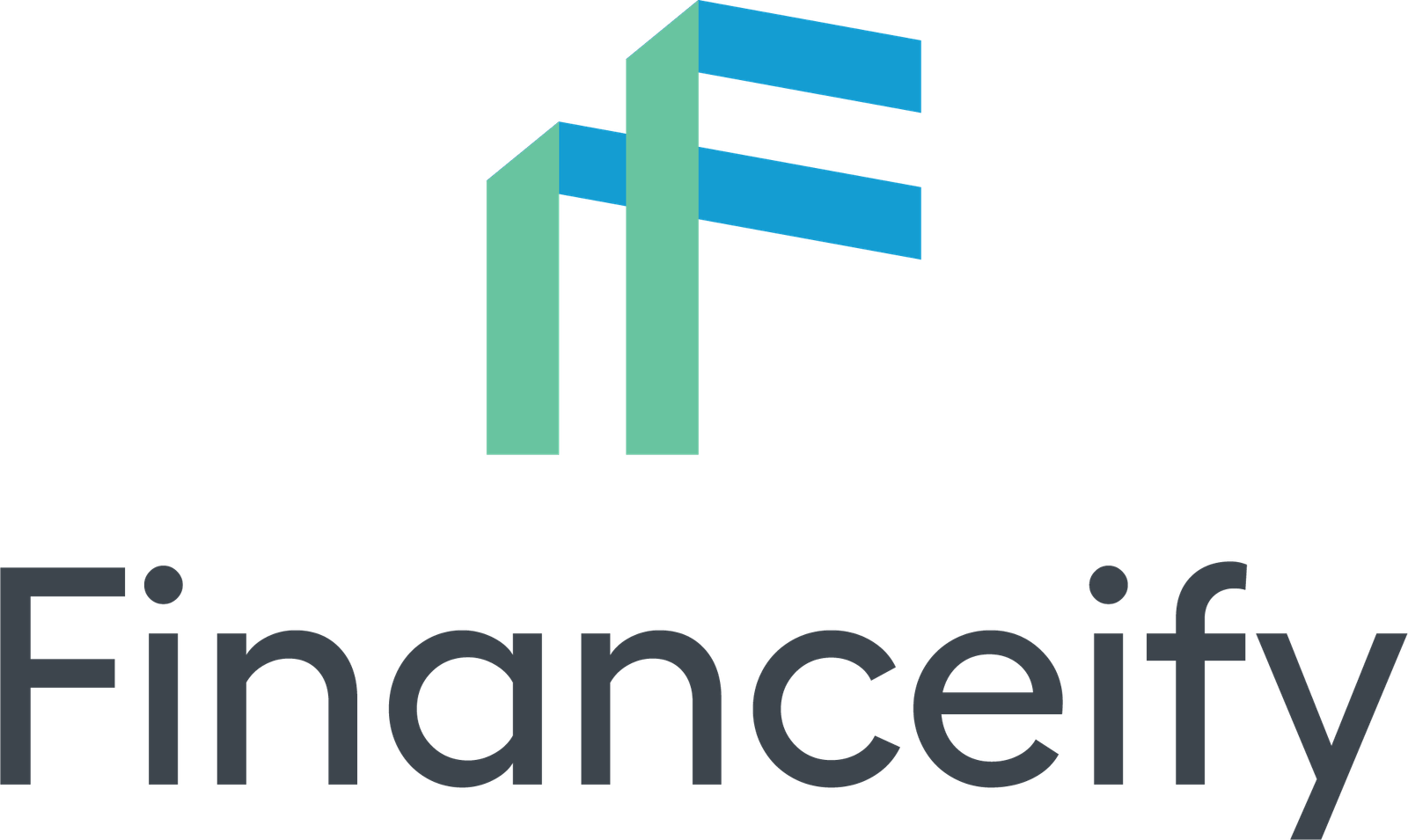The different types of retirement plans available include: Defined contribution (DC) pension plan. is increasingly common and offers a combination of employer and employee contributions as well as personal investment opportunities. Let’s take a look at what a DC retirement plan is, how it works, and what key aspects you need to know as an employee.
- Guaranteed premiums: DC plans provide a fixed premium amount. Your employer may contribute up to 5% of your salary.
- No guarantee of payout amount: The growth of funds depends on the choice of investment.
- Employee and employer contributions: Both parties participate in the plan regularly.
- Investment responsibility: Employees are responsible for choosing how to invest these contributions.
- Diverse investment options: Plans often offer a wide range of mutual funds with different risk profiles.
What is a defined contribution pension plan?
A defined contribution pension plan is a type of pension plan in which both the employer and employee make regular contributions. Unlike defined benefit plans, where retirement income is set in advance, DC plans guarantee the contribution amount but not retirement income. The value of your pension in retirement depends on the total contributions you make and the return on investment you receive. This structure makes DC plans similar to a Registered Retirement Savings Plan (RRSP), with a significant emphasis on personal investment decisions.
Joining a defined contribution pension plan
Joining a DC plan is often a simple process. Many employers automatically hire full-time employees, either upon hire or after a specified period of time. Part-time workers may also qualify provided they meet certain criteria, such as working a minimum number of hours or earning a certain level of income. It is important to check with your plan administrator for exact eligibility requirements.
Managing a defined contribution pension plan
As a DC plan member, you play a key role in managing your retirement. You are responsible for choosing how to invest the deposits deposited into your account. Employers typically offer a range of professionally managed investment funds, each with a different risk profile and growth potential. Your choice should be consistent with your investment risk tolerance and proximity to retirement. Some plans offer single-fund portfolio options, such as target-date funds and target-risk funds, simplifying the investment process by adjusting your asset mix as you get closer to retirement or based on your risk tolerance.
Pooled Registered Pension Plans (PRPP)
PRPPs are a subset of DC plans offered by financial institutions to employees and self-employed individuals who may not have access to traditional workplace pension plans. These are available in certain regions and industries, providing a common investment platform with potentially lower management fees due to the collective nature of the plan.
Leaving a defined contribution plan before retirement
If you leave an employer before retirement, in Ontario and other provinces you usually have several options:
- Transfer to a blocked retirement account (LIRA): Similar to RRSP, but with withdrawal limits.
- Buy a deferred annuity: A contract that guarantees future income.
- Switching to another retirement plan: Your new employer may or may not accept the transfer.
Options in retirement
Once you retire, you can transfer funds from your DC plan to a closed-end income fund (LIF) or purchase an annuity. LIF has minimum and maximum withdrawal limits, providing income throughout retirement, while an annuity provides guaranteed income for life without the need for ongoing management.
Protection for your defined contribution retirement plan
Your contributions, like your employer’s contributions, are managed by the plan administrator, usually an insurance company or financial institution. These funds are held in trust funds, which protects them from access by an employer in financial difficulty.
summary
Defined contribution pension plans are an important element of retirement planning, offering flexibility and control over investment choices. While they guarantee contribution rates, retirement income depends on investment performance, making personal investment decisions crucial. Understanding the nuances of a DC plan, from joining to managing your investments and knowing your options when you leave or retire, is key to maximizing your retirement benefits.


